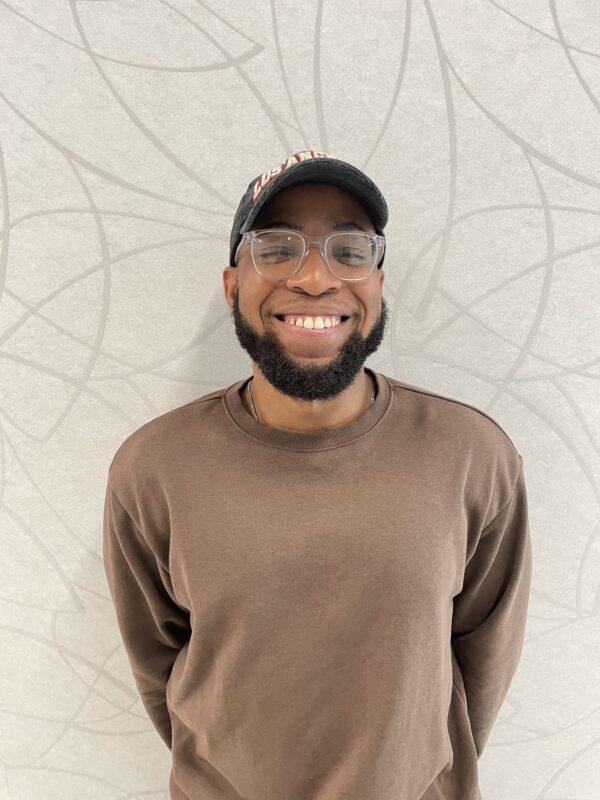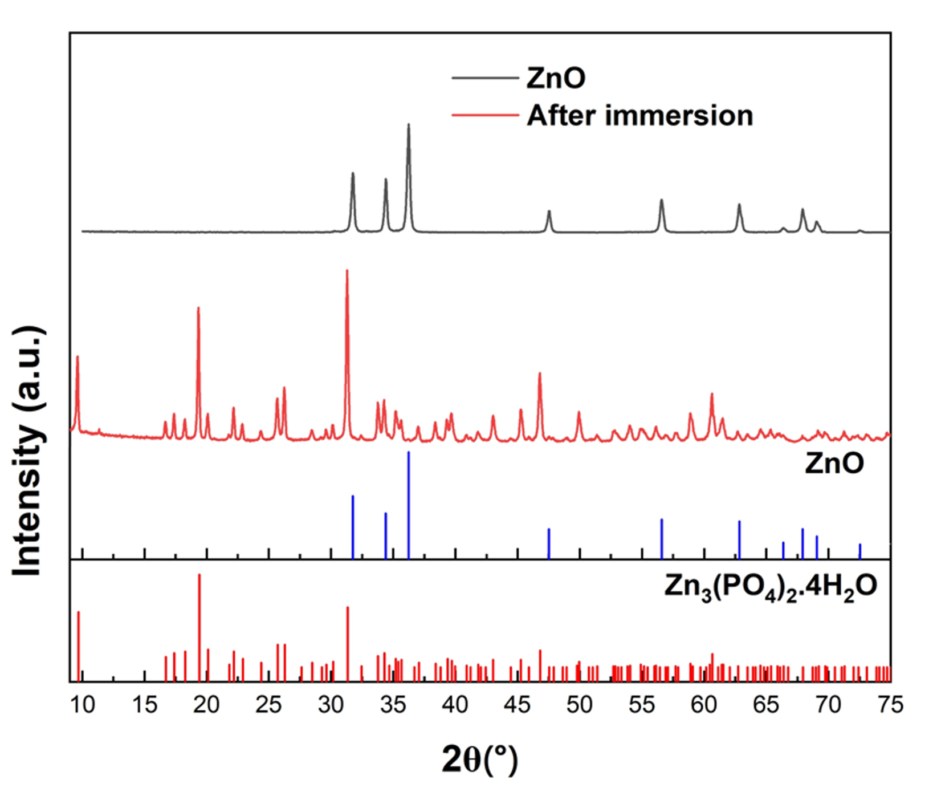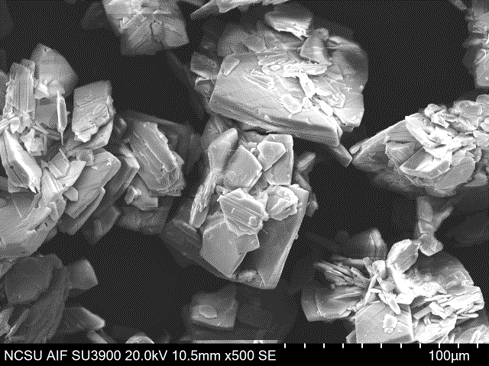
My name is Darrell Ifiok Harry and I am a 2nd year PhD student in the Materials Science and Engineering department, and I am advised by Dr. Jacob Jones. I was born in Nigeria and moved to the US in 2016 for college where I received my bachelor’s degrees in chemistry and chemical engineering from Southern University and Louisiana State University, respectively. In my free time, I enjoy hanging out with my friends doing activities like board and video games, going to the movies, tennis, and volleyball. I would like to pursue a career in an industry focused on environmental management and sustainability.
What instruments are you using for your research and why do you like them?
The instruments I love using are the Rigaku SmartLab X-ray Diffractometer for examining the crystal structure of the materials I work with and the Hitachi SU3900 Scanning Electron Microscope for imaging and chemical mapping. I am really enjoying operating the SU3900 because of its ability to reveal the different types of surface topography of the materials I use.
What have you been researching?
My research involves the study of metal oxides for phosphorus recovery from water systems and understanding how their structure and composition influence their ability to capture phosphorus (P). P is a vital, mined resource that is responsible for maintaining food production globally because of its importance in plant growth and development. However, P tends to be present in runoff from agriculture, sewage plants, and urban areas and accumulates in water bodies and concentrations as low as 25μg/L P stimulates the growth of algal blooms, resulting in eutrophication. Eutrophication is devastating to aquatic ecosystems because it leads to the death of aquatic life and the generation of methane which contributes to global warming. Therefore it is highly important that we come up with solutions to prevent P pollution and reduce our dependence on mined P. This can be done through the use of materials that can capture and desorb P efficiently.
Metal cation-containing materials like metal oxides are a promising category of P-capture materials because of the high affinity and selectivity their metal cations have for P. However, there is a lack of systematic study in literature that tests many of these different metal cation-containing materials using the same techniques. Thus, this poses a significant knowledge gap in their function and our ability to understand the relevant molecular mechanisms that control their P-capture capabilities. By establishing this foundation of knowledge, we can move towards predicting and ultimately developing and testing safe, sustainable, and high-performing P-capture materials. Thus my role is to test the P-capture efficiency of these types of materials at different conditions and study their P uptake and release mechanisms using the advanced materials characterization equipment available at AIF.
“Phosphorus tends to be present in runoff from agriculture, sewage plants, and urban areas and accumulates in water bodies and concentrations as low as 25μg/L P stimulates the growth of algal blooms, resulting in eutrophication.”
What have you learned from your experience at AIF?
I have learned that putting care, time, and effort into learning how to the instruments really goes a long way into establishing independence and producing data that you can be proud of.


Best thing about AIF in 5 words or less?
Friendly staff and fantastic instruments
Is there a staff member at AIF that has helped you?
I would like to thank Dr. Jenny Forrester and Toby Tung for the numerous times they’ve put their effort and time into helping me out with the Rigaku and SU3900 respectively.